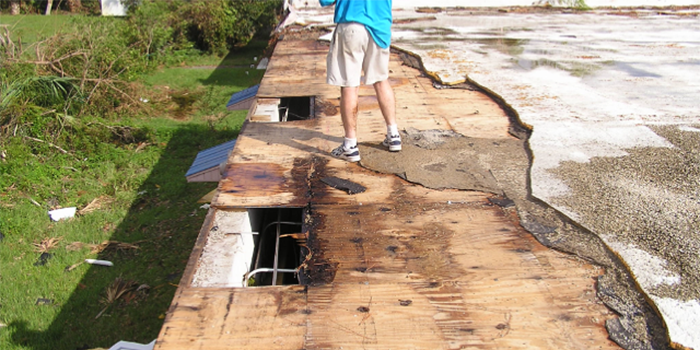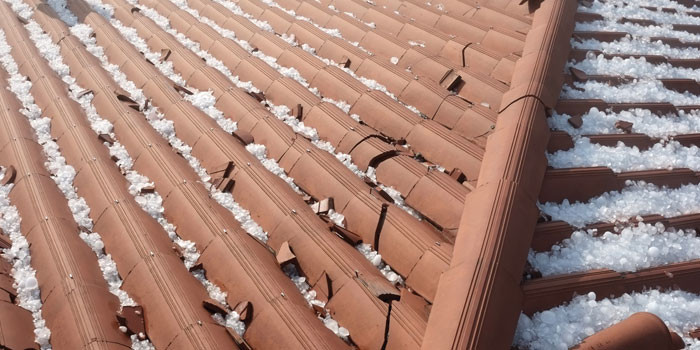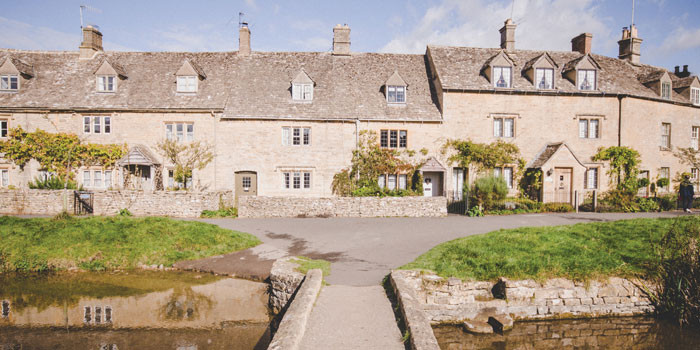The Originals
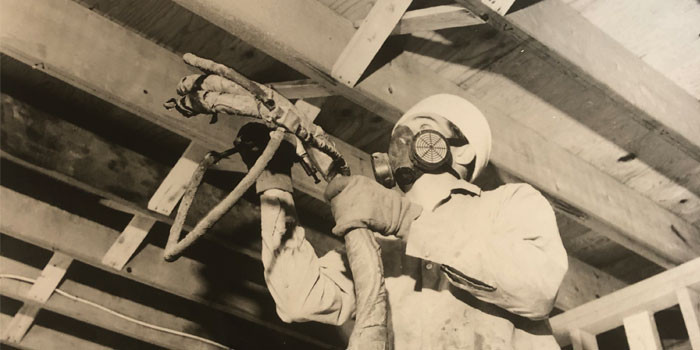

Spray Foam Magazine – Fall 2020 – During the fast evolution of our industry, it’s easy to forget who and what paved the way for the codes and standards we adhere to today. The Spray Foam Magazine team has often wondered who helped administer these standards and we recently had the unexpected pleasure of finding out when we spoke with one of the “originals” Don Irwin, a retired chemist and spray foam standards and codes instigator.
Lying dormant in Don Irwin’s office was the history of our much-loved industry. This information all materialized with a phone call to our editorial hotline. Irwin had a story to tell and proceeded on sending our magazine team numerous original press releases. It was these press releases which explained how the standards were approved, following evidence gathered during and after SPF had been applied to a retirement community in Connecticut in the late 1960s.
Don Irwin started his career as a young chemist working for Cyanamid, a leading American conglomerate which, according to the Fortune 500 listings at the time, developed into one of the nation’s top 100 manufacturing companies during the 1970s and 1980s. He specialized in polyester urea-formaldehyde and melamine formaldehyde resins. As his career developed, he became heavily involved in research and development of liquid urethane polymers, thermoplastics and millable gums.
In 1955, his career at Uniroyal Chemical began, along with working with Rubicon Chemical Inc. as Director of Marketing, and this is where the history of structural spray foam codes and standards occurred for the Northeast of the U.S. Irwin quickly worked his way through the ranks and soon became a product manager for urethane elastomers, along with working for Rubicon Chemicals Inc, for their Urethanes Raw Materials department. Here is where Irwin held seven major press conferences introducing new products and processes to new markets.
Building Officials and Code Administrators Internationals, Inc. (BOCA) approved the first rigid and spray foam urethane code in a residential structure, alongside the recommended thicknesses and as a replacement for corner plywood bracing, wall sheathing, and felt paper conventionally used on house construction. This approval was the first by a major U.S. model building code agency of urethane foam as a structural material and structural building component. The BOCA action affirmed that this new wall composite technique resulted in excellent structural strength, efficient thermal insulation and flame resistant properties.
RIGID URETHANE AND SPF INSULATION STANDARDS APPROVAL
Northeast Utilities, now known as Eversource Energy, represented a group of four New England power companies. It was their Electric Heating Standard Committee that established the following urethane thicknesses as a desirable insulation in a residential structure:
- 1.5 inches in walls
- 2 inches in floors
- 2.5 inches in ceilings
Relative tests determining these standards were conducted at Heritage Village, a $100 million planned retirement community in Southbury, Connecticut. Thermal efficiency data was accumulated on three types of installations: all-fiberglass, all urethane and combined fiberglass- urethane insulation.
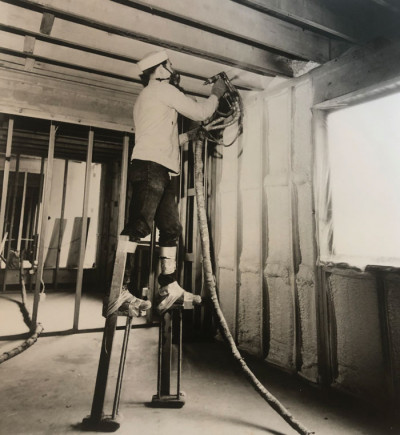
Early applications of SPF in Heritage Village, Southbury, CT where Northeast Utilities established the thickness of foam for electrically-heated residence
photos provided by Don IrwinMaintaining the same temperature, apartments sprayed with urethane foam, at a thickness of 2 inches in the ceilings, 1.5 inches in the walls and 2.5 inches in the floor were found to require only 81.4 percent of the energy used in the units insulated with fiberglass at 6.5 inches in the ceilings, and floors and 3-5/8 inches in the walls.
It was concluded that the use of monolithic rigid urethane spray foam in comparison with standard fiberglass insulation, resulted in a 20 percent reduction in the required R-factor, which measures resistance to the flow of heat and is directly related to material thickness.
Conditions at the unoccupied six Heritage Village apartments recorded by the Connecticut Light and Power Company, had an average outdoor temperature of 32°F with a wind speed of 9 mph and indoor temperature of 60°F. The urethane foam system used in these tests was formulated with Rubinate diisocyanate manufactured by Rubicon Chemical, then jointly owned by Uniroyal Chemical and Imperial Chemical Industries of Great Britain and now owned by Huntsman Chemical Corporation.
Several power companies whose interest was to recommend efficient methods of conserving electric heat for the region, also noted that when applied as a liquid chemical system, urethane foam adhered tightly to virtually all building materials, filling and sealing the space. It is also highly resistant to water and water vapor so it functions as a moisture sealant while eliminating heat leaks.
Structural Approval – The application of urethane foam between the two-by-four studs and directly to the exterior siding of Heritage Village units resulted in a tight and strong construction. This new wall composite technique eliminated the need of 0.5 inch fiberboard sheathing, 0.5-inch plywood corner supports and felt building paper as well as batt insulation. Irwin added, “The foam was also applied under the floors of the Heritage Village apartments and recorded as an efficient replacement for the combination of batt insulation, one layer of 0.5 inch plywood and a layer of 0.5 inch acoustical board.”
Mr. Paparazzo, the developer of the Heritage Villages and viewed as the pioneer of clustered housing, stated at the time, “The foam also lends itself to maintenance convenience. It not only fills in completely around frames, pipes and other fittings to eliminate potential drafts and leaks, but if repairs are needed, it can be cut away easily without harming these pieces. It has given us exceptional thermal properties, effective sealing characteristics and structural values that tie together frame construction components better than any other material. It effectively covers infiltration cracks and encloses wiring and pipes, resulting in tightly sealed houses. The building operations, materials and labor eliminated by its use helped offset the higher initial material and application costs involved with foam.”
Upon retiring from Uniroyal Chemical, Don’s career then started in the carpet industry in Dalton, Georgia. One of his developments was using carpet equipment to produce the first polyurethane single ply membrane for industrial roofs. Irwin also established his own company in 1993, Darwin Enterprises, INC creating a number of patents.
At 89 years of age, Don Irwin was involved in instigating the steadfast progression of the spray foam industry from the initial chemical discoveries to the first residential codes and standards certified spray foamers truly honor and appreciate. Irwin concludes, “I have been in the polyurethane business for 65 years and could not have picked a better career. POLYURETHANE is the most versatile chemistry in the world.”
Disqus website name not provided.



